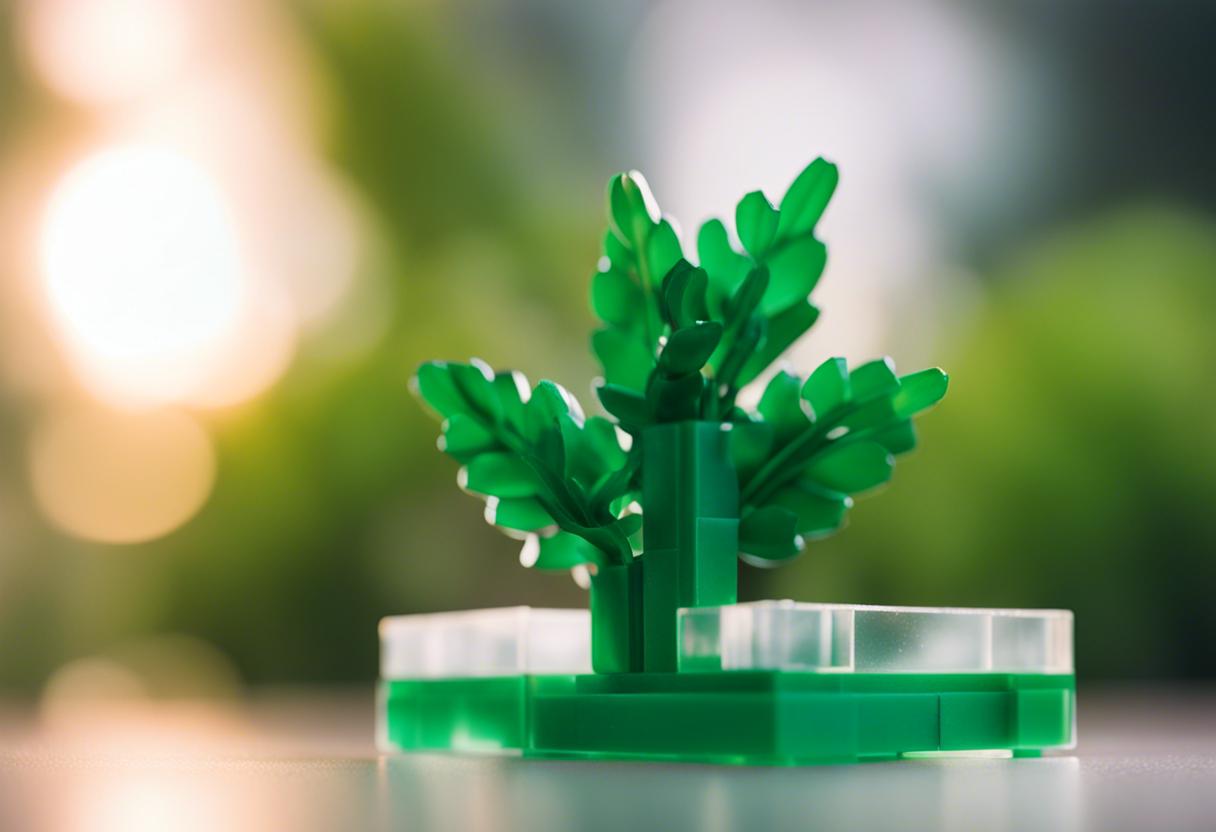Lego, the world’s leading toymaker, is stepping up its pursuit to be entirely free of fossil fuels, a goal being financed by substantial rises in sales and profit margins. This includes spending up to 60 per cent more on plastic resin, which is mostly derived from renewable or recycled materials.
In the first half of the year, Niels Christiansen, Lego’s CEO, stated to the Financial Times that the privately-owned Danish company purchased 30 per cent of its resin from what is categorised as mass-balance sources. These sources utilise a combination of fossil-fuel materials and recycled or renewable sources, such as previously used cooking oil.
Despite these materials being 40 to 60 per cent pricier, Lego has chosen not to pass this expense onto consumers, opting instead to absorb it within their operating profit. Christiansen also mentioned that Lego aims to motivate plastic manufacturers to produce more eco-friendly raw materials by buying large quantities of resin from mass-balance sources, an increase from the 18 per cent purchased last year. The CEO is feeling “more comfortable” about achieving the company’s objective of using only renewable and recycled materials in all products by 2032.
Lego’s iconic studded bricks are renowned for their resilience and strength. Nevertheless, the founding family and CEO are set on the mission of eradicating oil and other fossils from their supply chain, notwithstanding the inflated costs. Their initiative stems from the company’s predominant role as a provider of children’s toys.
Lego’s journey towards sustainability has been punctuated with a few major obstacles, including the previous year’s failed attempt to discover an alternative to fossil fuels for their primary plastic by using recycled plastic bottles. They found this replacement would actually result in higher emissions due to complications like the need to overhaul all their manufacturing plants.
Despite these challenges, the company continues to heavily invest in sustainability. It is also expanding its production capacity with new manufacturing plants in the US and Vietnam subsequent to a period of remarkable growth.
On Wednesday, Lego announced a 13% surge in their first-half revenues, reaching DKr31 billion (€4.2 billion). Furthermore, operating profits saw an increase of 26%, shooting up to DKr8.1 billion. These record-breaking figures not only doubled that of the initial half of 2020, but also indicated a notable market share growth for the company, given the general toy market witnessed a fall of 1% in the same period.
Mr Christiansen attributed the company’s considerable growth to their partnership with the Fortnite video game and a space-theme product line. He also stressed that the success was widespread, not concentrated on one nation or product, demonstrating the global high performance of the Lego brand.
Emerging from the brink of bankruptcy two decades ago, Lego has rapidly grown into the world’s most successful toymaker regarding sales and profitability. It now perceives Disney as a competitor due to their omnipresence in movies, theme parks, and apps.
Lego’s collaboration with Epic Games for Fortnite, and novelty products like flower bouquets and grand football stadiums have succeeded in capturing new customers, particularly digital-native children. Stressing Lego’s versatile competition, Mr Christiansen acknowledged that anything that vied for children’s time and multifaceted play interests is competition, citing its ventures into apps and theme park rides. “It’s the totality”, he emphasised. – Copyright The Financial Times.

